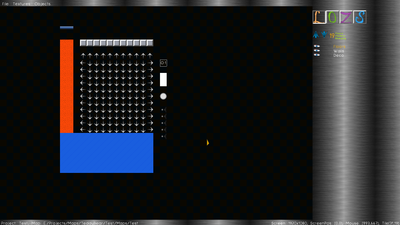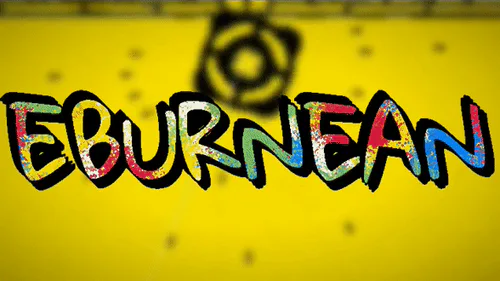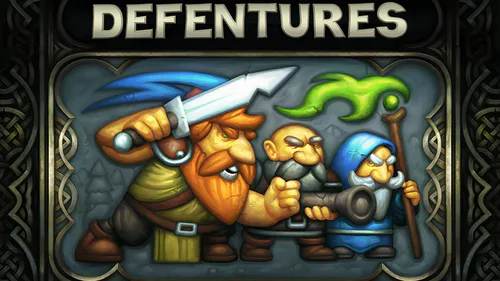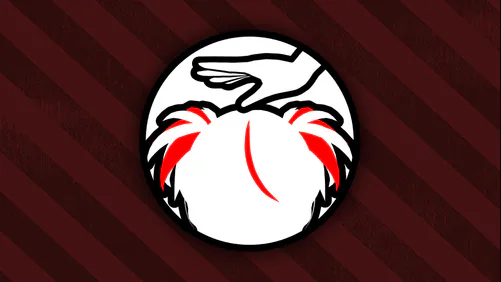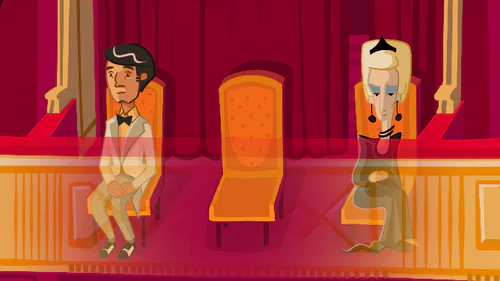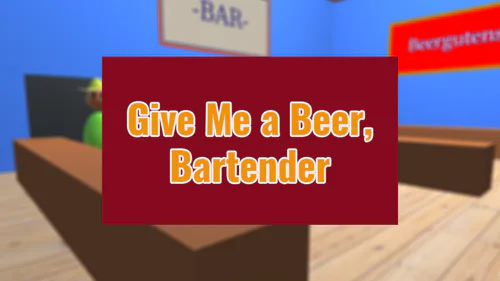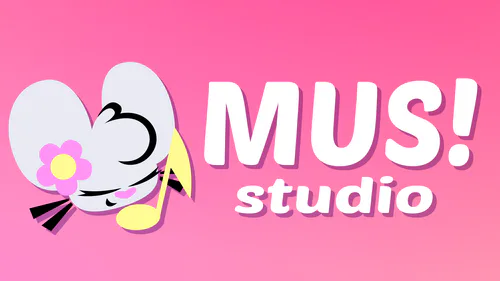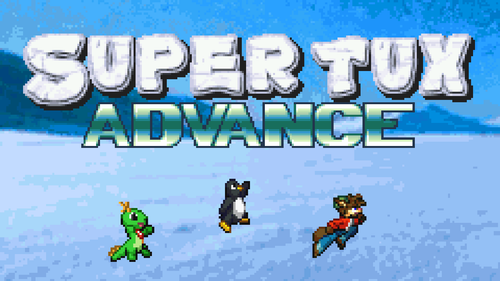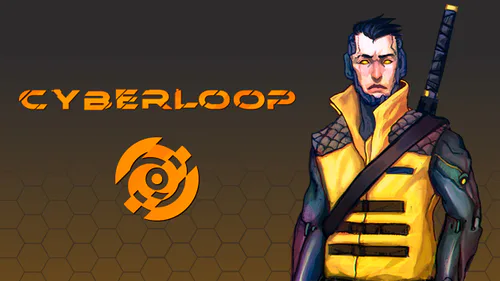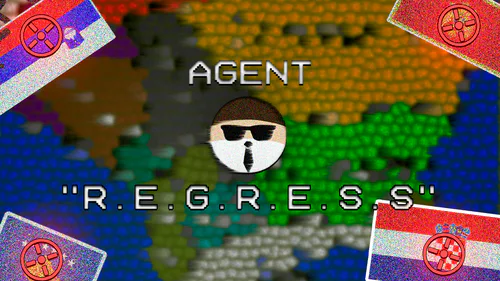Comments (11)
When I try to open this app, it opens in the background for a second and then closes itself.
Is there a way to support RPG Maker XP Maps? (RPGMakerXP uses Ruby.) I would like to try it out!
Also, I saw this on GitHub the other day :P
TeddyBear Map Editor -- BETA
TeddyBear Map Editor - INSTALLER - BETA
What is TeddyBear?
TeddyBear is a map editor system I originally set up in BlitzMax. The current version has been created in C#. It's a tile based editor that is customizable in layer set up and has a very sophisticated object layer. This system was used to develop the maps of The Secrets of Dyrt and to create the puzzles of Cynthia Johnson.
Now this is written in C#, so it only works with C# games?
Of course not! Cynthia Johnson is written in 100% Lua code for starters. TeddyBear is an open format, based on JCR6, for which source codes are available now for Go, C#, and C++ so at least in these languages it should be possible to easily set up a reader for TeddyBear files, not to mention that it will come with an exporter which allows you to easily export TeddyBear levels into pure Lua code (as is done for Cynthia Johnson) and JSON, allowing you to easily read these files.
Why should I use TeddyBear?
That's for you to ask yourself. I only created TeddyBear for my own purposes, but I decided to share the tools I created for the development of my games in the open-source community. If you have a use for it, use it. If you think other tools are better, then don't use it. Quite a sales pitch, eh?
I'm just being honest with, ya. TeddyBear was most of all created to fulfill my OWN needs. If my needs are the same as yours, then TeddyBear is your editor for tile based level editing. If you have different needs, then it's not. TeddyBear may therefore not be the most user-friendly tile editor around there, but since it is pretty flexible, has variable layer support and a very sophisticated object placement system, it does have a place, right?
Where does the name "TeddyBear" come from?
A pun to id Software. id Software was a semi-indie-semi-professional game studio, who created the tile editor TEd, which can now be obtained publicly (you need DOSBox to run it), but was only developed for their own use originally. "TEd" just stood for "Tile Editor". TeddyBear was just inspired by the name of this editor. TeddyBear and TEd are not in any way compatible with each other, and I didn't even aim to make that possible. I just inspired the name on it, that's all.
Some games made with TEd are "Dangerous Dave", "Commander Keen", "Wolfenstein 3D", "Blake Stone", "Rise of the Triad" and many more. id Software and other companies who used TEd already kissed it a fond adieu, so maybe this was just my way to preserve TEd in a way (although TEd is not even HALF as sophisticated as TeddyBear is, but in id's defense I must say that when TeddyBear was written the computers at the time could not bear half the power they got today, so comparing the two would not in any way be fair).
How do I use TeddyBear?
Some base documentation can be found on my wiki.
That documentation is pretty basis? May I write a full tutorial?
Go ahead!
Now the classes TeddyBear uses are all in C#. Can I rewrite them in C/C++/Pascal/Go/NameYouLanguageHere, so I can use my own language/engine to write my games with it?
TeddyBear is an open format, as in the JCR6 format it uses. So you can go all ahead. The editor has been released under the GPL license version 3 (also known as the GNU license), the classes you can use to create your own game in C# with TeddyBear have a zlib license.
Which operating systems are supported?
For the editor currently only Windows, and I have no serious plans to investigate Mac and Linux. And in the name of all that is dear, don't even CONSIDER to ask me for an Android version. Linux has always been a bit of a disaster to me, and although I do like the way the concept of Mac was set up, I'm fed up with Apple's attitude, lately, so no a Mac version is not even considered. That doesn't mean you cannot use the classes TeddyBear uses in C# for these systems, as that should all be possible, although the current classes only support the XNA system, drivers for other systems compatible with C# can be written, and if you translate these classes to C/C++/Pascal/Go/NameAnyOtherLanguage you can port to any system, so the Windows only note only applies to the editor itself.
Do I need to credit you if I make a game with TeddyBear?
No, you don't have to, or at least not in a credits file or anything, although I would appreciate it, if you did. If you use the class files I've set up myself to get TeddyBear working in C# (or modules I've set up for any other language for that matter), you must remain the copyright notice in the source code (which bears my name) untouched, as per terms of the zlib license.
Can I make commercial stuff with TeddyBear?
Can't think of a reason not to. GPL products may be used for commercial purposes. The maps you create are considered the "data" and thus the GPL does not affect those, and the source files you can link into your own work bear a zlib license that doesn't stop you at all from doing this. The maps you create with TeddyBear are yours. Use them, and copyright them in any way you see fit.
A few troubles you may encounter
When loading a TeddyBear map in my game it says it doesn't know the storage/compression method
By default TeddyBear uses the lzma compression method (by Igor Pavlov) to pack all data. There is a JCR6 lzma driver for Go and C#. If that driver is loaded the maps should be loaded.
If you edit the project file (see my wiki) you can add the variable "Compression". If your engine does support zlib in JCR6, you can set "Compression=zlib". When unsure you can set "Compression=Store" and then no compression is used at all. Any JCR6 distro should at least support THAT.
I could find the textures fine in the editor, but not in my game.
TeddyBear does not take much stock of where you store your stuff. This was done on purpose to ensure full compatibility with any sort of project. The editor uses its own project file to find these, but the project file has no value in your game. In other words, you need to configure TeddyBear in your game yourself. Some more proper documentation on how to deal properly with this will be written later.
And time for a little tagstorm, nobody wants to read, but which makes finding TeddyBear on Game Jolt a lot easier :P
#teddybear #teddy #tile #map #mapeditor #tool #util #utility #tools #utilities #nongame #notagame #tiles #sophisticated #csharp #dotnet #itaintwhatyoudoitsthewaythatyoudoit #jeroenpbroks #jeroen #broks #ted #whatever #nice #cool #idontknowwhattoputhereanymore #opensource
